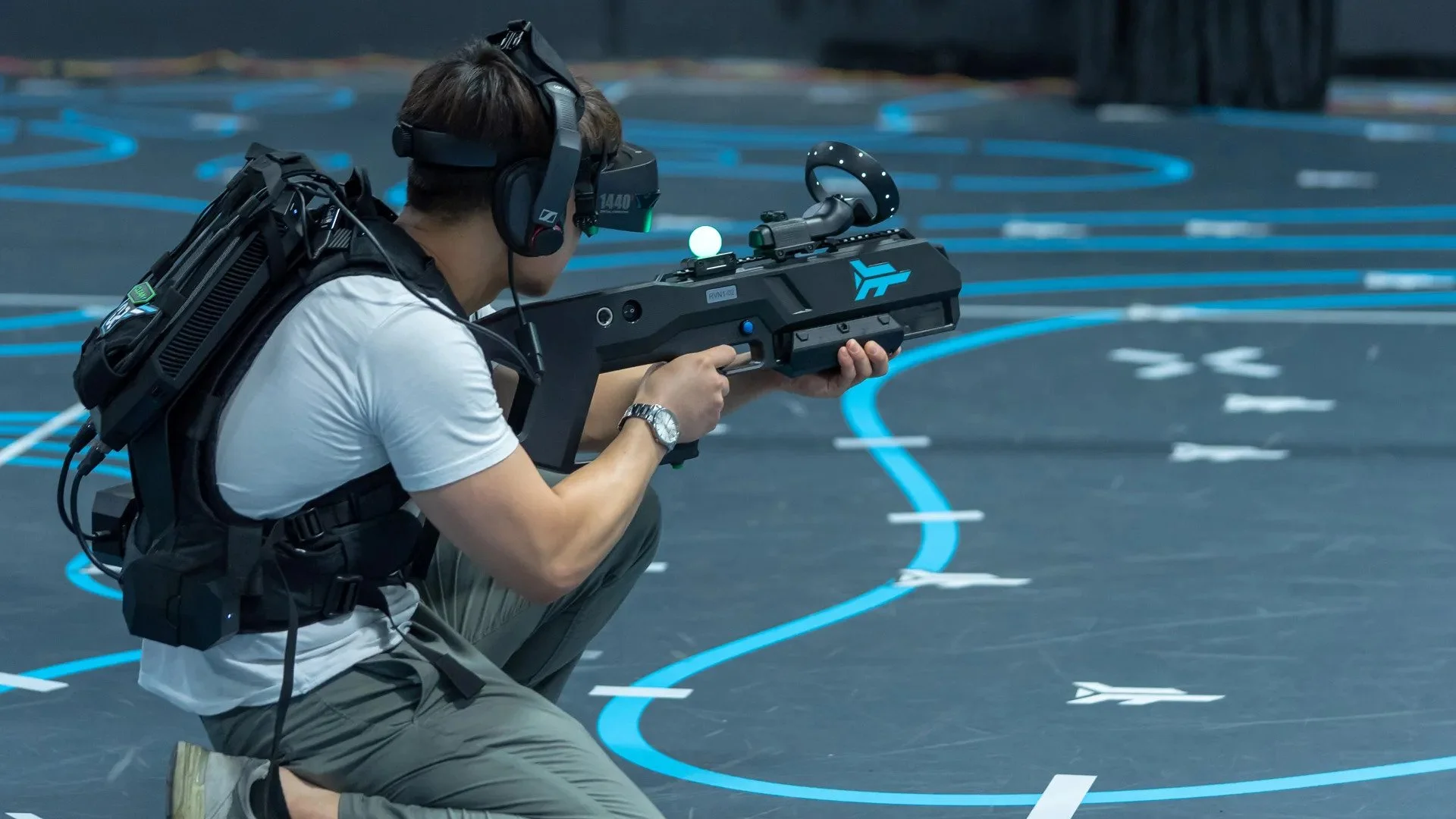Zero Latency VR Vs Traditional VR: Which Offers a Better Experience
Virtual reality has evolved dramatically, creating new opportunities for engaging VR games that push the boundaries of what's possible in digital entertainment. Two distinct approaches have emerged in the VR landscape: Zero Latency VR systems that offer untethered, room-scale experiences, and Traditional VR setups that rely on stationary, tethered configurations. Each approach brings unique advantages and limitations that affect the user experience differently. In this comprehensive comparison, we'll examine the key differences between these technologies, exploring factors like immersion, interactivity, comfort, and future potential to help you understand which might deliver the superior virtual reality experience.
Zero Latency VR Technology
Experience the cutting-edge technology of Zero Latency VR, where real-time tracking and zero lag deliver an unparalleled immersive virtual reality experience. Imagine stepping into a world where your movements are flawlessly mirrored in the virtual realm, without delays or disruptions. This seamless synchronization between your actions and the virtual environment creates a level of immersion that traditional VR systems struggle to match. Zero Latency VR's advanced technology ensures that every gesture and step feels natural and immediate, enhancing your sense of presence within the virtual world. By eliminating delays, this technology allows for a truly responsive and realistic experience, where you can interact with the digital environment in an instinctual and lifelike way.
Immersion and Realism Factors
Immerse yourself in the virtual world like never before as you explore the intricacies of realism factors in Zero Latency VR technology. Zero Latency VR enhances immersion by seamlessly integrating motion tracking and precise visuals. The technology eliminates the lag between your movements and the virtual environment's response, creating an unparalleled sense of presence. The realism factors in Zero Latency VR extend to the detailed environments, lifelike interactions, and realistic physics simulations that transport you to another realm. The high-definition visuals and accurate sound effects contribute to a fully immersive experience where your senses are fully engaged. This level of immersion and realism sets Zero Latency VR apart, offering a truly remarkable virtual reality encounter.
Interactive Experience Comparison
Engage directly with the virtual environment to discern the differences in interactive capabilities between Zero Latency VR and Traditional VR. Zero Latency VR offers a seamless and responsive interactive experience. You can move around freely without being tethered to wires, enhancing the feeling of presence. Interacting with objects feels natural and immediate, thanks to precise tracking technology. Traditional VR, on the other hand, may have limitations in interactivity due to wired connections or less advanced tracking systems. Your movements might not be as accurately translated, impacting the overall immersion. The ability to interact with the virtual world effortlessly in Zero Latency VR elevates the experience, providing a more realistic and engaging environment for you to explore and enjoy.
Motion Sickness and Comfort
Exploring the virtual world in Zero Latency VR compared to Traditional VR can significantly impact the occurrence of motion sickness and the level of comfort. Here's why:
Reduced Motion Sickness: Zero Latency VR's precise tracking technology minimizes delays, providing a smoother experience that can help decrease motion sickness.
Enhanced Comfort: The freedom of movement in Zero Latency VR, without being tied to a computer or console, can boost comfort levels during extended play sessions.
Immersive Environment: The seamless integration of real-world movement in Zero Latency VR contributes to a more immersive experience, potentially reducing discomfort.
Adaptability: Zero Latency VR's capability to adjust settings and calibrate sensors according to individual preferences can further enhance comfort levels.
Future Potential and Accessibility
As technology advances, the future potential and accessibility of Zero Latency VR compared to Traditional VR are becoming increasingly promising. Zero Latency VR, with its untethered, room-scale experiences, shows great potential in creating more immersive and interactive virtual environments. This technology allows for a wider range of movements and interactions, enhancing the user experience. Zero Latency VR is making strides in accessibility by offering more cost-effective solutions and simpler setups, potentially reaching a broader audience. As developments in wireless technology and motion tracking progress, Zero Latency VR is poised to offer a more seamless and user-friendly experience than Traditional VR. Embracing these advancements could lead to a future where virtual reality becomes more integrated into everyday life.
Related Articles:

